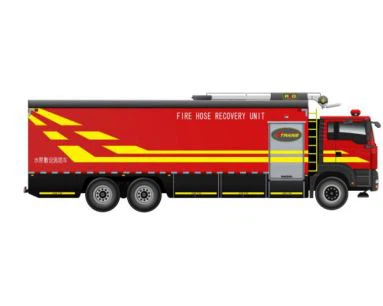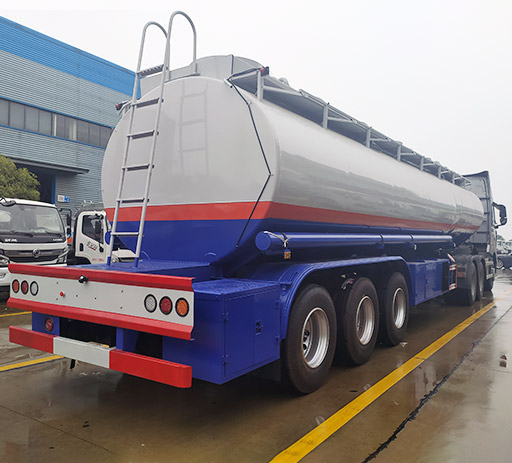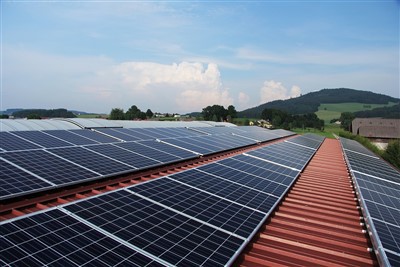Understanding the Rubbish Lorry: An Essential Guide

In our modern world, waste management is a critical component of urban living. Among the vital tools for this task is the rubbish lorry. Understanding its function, types, and impact on environmental sustainability can empower citizens to engage more actively in waste management practices.
The Role of Rubbish Lorries in Waste Management
Rubbish lorries, commonly known as garbage trucks, are specialized vehicles designed to collect residential, commercial, and industrial waste. Their primary role is to streamline the collection of waste, making it efficient and environmentally friendly.
1. History and Evolution of Rubbish Lorries
Rubbish collection has evolved significantly over the decades. Initially, waste was collected using horse-drawn carts. The transition to mechanically operated lorries marked a revolution in the waste management industry. Today’s rubbish lorries are equipped with advanced technology for efficiency and safety.
Key Milestones in the Evolution of Rubbish Lorries
- 19th Century: Introduction of horse-drawn waste carriages.
- 1920s: The first motorized garbage trucks emerged.
- 1960s: Automated collection systems began to gain popularity.
- 2000s: Enhanced focus on sustainability and recycling technologies.
2. Types of Rubbish Lorries
Rubbish lorries can be classified into several types based on their design and functionality.
2.1 Rear Loader Rubbish Lorries
Designed for residential waste collection, rear loaders are popular in urban areas. They have a large container at the back, where waste is manually loaded by collection crews.
2.2 Front Loader Rubbish Lorries
Used mainly for commercial waste, front loaders have forks that enable them to lift containers. They are efficient for large volumes of waste and are often seen at restaurants and businesses.
2.3 Side Loader Rubbish Lorries
This type allows for automated collection as it can pick up waste bins from the side. It is ideal for areas with high-density housing, as it requires less space for maneuvering.
2.4 Compaction Rubbish Lorries
These lorries compact the waste to maximize space. When the compaction process runs, more waste can fit in the lorry, making the collection route more efficient.
3. How Rubbish Lorries Function
The process of rubbish collection involves several steps. Here is how a typical operation works:
3.1 Collection Schedule
Most cities follow a fixed schedule for rubbish collection. Residents are informed of their collection days, which may vary based on the type of waste being picked up.
3.2 Loading Mechanism
The manual or automated systems are utilized to load waste into the lorry. For rear loaders, workers throw bags and bins into the truck, while front and side loaders utilize mechanisms to lift and empty containers.
3.3 Compaction and Transport
Upon loading, rubbish lorries compact the waste to conserve space before it leaves for disposal or recycling facilities. Proper compaction reduces the carbon footprint by decreasing the number of trips needed.
Environmental Impact of Rubbish Lorries
While rubbish lorries help manage waste, they can also pose environmental challenges. Here, we explore their impact and the initiatives in place to minimize negative effects.
4. Fuel Efficiency and Emissions
Modern rubbish lorries are designed with fuel efficiency in mind, but traditional diesel engines still contribute to greenhouse gas emissions. Ongoing research aims to introduce electric or hybrid models to reduce pollution.
5. Recycling and Waste Diversion
Rubbish lorries play a pivotal role in the recycling process. Many cities have implemented dual-stream collection systems, where recyclables are collected separately, contributing directly to waste diversion methods.
Table 1: Waste Diversion Rates by Collection Method
| Collection Method | Average Waste Diversion Rate (%) |
|---|---|
| Single Stream | 30 |
| Dual Stream | 45 |
| Composting Program | 50 |
| Separate Collection of Hazardous Waste | 60 |
6. Community Involvement in Waste Management

Public awareness and participation are crucial for enhancing the effectiveness of rubbish collection. Communities can engage in various educational programs targeting responsible waste disposal and recycling practices.
6.1 Organizing Clean-up Drives
Communities can organize events where citizens come together to clean up parks, streets, or beaches. Such initiatives promote environmental consciousness and foster community spirit.
6.2 Educational Workshops
Local governments or organizations can hold workshops informing residents about proper waste segregation, composting, and recycling. This helps to empower residents and encourages them to take accountability for their waste.
Challenges Facing Rubbish Lorries and Waste Management
Despite their critical role, rubbish lorries and waste management face several hurdles.
7. Limited Resources
Many cities struggle with budget constraints, leading to inadequate waste management resources, including outdated rubbish lorries and insufficient personnel.
8. Navigating Urban Environments
In densely populated urban areas, rubbish lorries might encounter difficulties maneuvering through narrow streets and dealing with parking obstructions. This can lead to delays and inefficiencies in waste collection.

Future Trends in Rubbish Collection
9. Technological Innovations
The future of rubbish lorries is set to be transformed by technology. Innovations such as GPS tracking systems will allow for optimized routes, reducing fuel consumption and emissions.
9.1 Smart Bins
Smart waste bins equipped with sensors can notify waste management services when they are full, ensuring timely collection and preventing overflow.
9.2 Automated Collection
Robotics and automation are on the horizon, suggesting that rubbish collection may become increasingly automated in the coming years, reducing the need for human handling.

10. Sustainable Practices and Initiatives
As global awareness of climate change rises, the waste management sector is likely to adopt more sustainable practices. From enhancing recycling rates to improving composting efforts, rubbish lorries will evolve to support a circular economy.
FAQs About Rubbish Lorries
1. What is the primary function of a rubbish lorry?
The primary function of a rubbish lorry is to collect and transport waste from residential, commercial, and industrial areas to disposal sites or recycling facilities.
2. How has the design of rubbish lorries changed over time?
Rubbish lorries have evolved from horse-drawn carts to modern vehicles equipped with compaction technology and automated loading systems, significantly enhancing efficiency and safety.
3. What types of waste can rubbish lorries collect?
Rubbish lorries typically collect general household waste, recyclables, and in some areas, hazardous materials through special collection programs.
4. How do rubbish lorries impact the environment?
While they facilitate waste disposal, traditional rubbish lorries can contribute to pollution. Transitioning to electric models and implementing efficient routes can mitigate this impact.
5. Are there any initiatives to improve rubbish collection services?
Many cities are adopting smart technologies, promoting public education on waste management, and investing in more sustainable waste collection methods to enhance services.
6. How can communities participate in waste management efforts?
Communities can organize clean-up drives, educational workshops, and engage in recycling initiatives to contribute to effective waste management practices.
